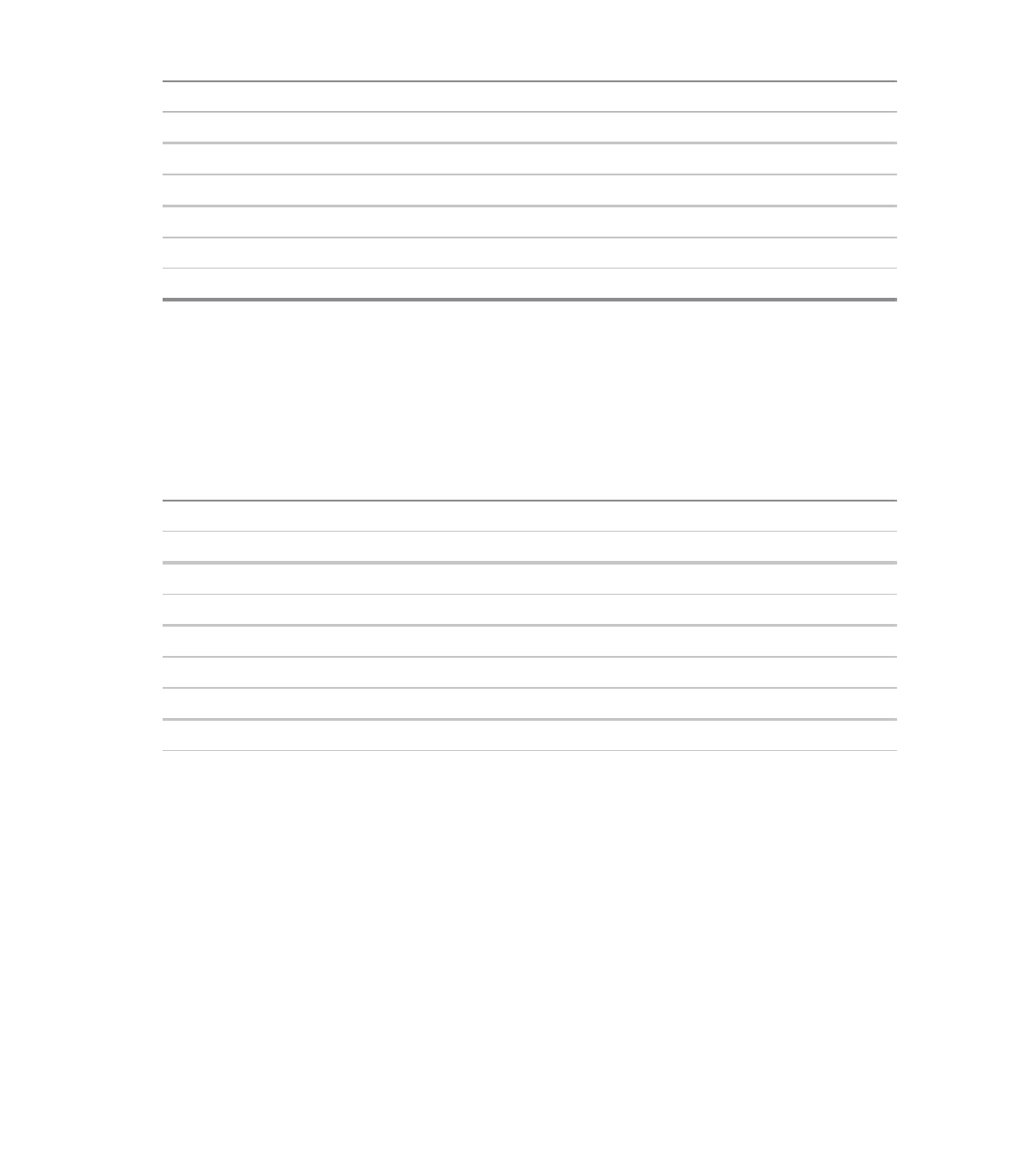Information Technology Reference
In-Depth Information
Subnets with a /20 Mask (Continued)
Table 6-10
Third Octet
Subnetwork
1010
0000
172.16.160.0/20
1011
0000
172.16.176.0/20
1100
0000
172.16.192.0/20
1101
0000
172.16.208.0/20
1110
0000
172.16.224.0/20
1111
0000
172.16.240.0/20
With fixed-length subnet masks, the network only supports 16 networks. Any LAN or WAN
link must use a /20 subnet. This is an inefficient use of address space. With VLSMs, the /20
subnets can be further subnetted.
For example, take 172.16.64.0/20 and subdivide it to support LANs with approximately 500
hosts. Use a /23 mask. This produces the subnetworks shown in Table 6-11.
Subnetworks for 172.16.64.0/20
Table 6-11
Third Octet
Subnetwork
0100
000
0
172.16.64.0/23
0100
001
0
172.16.66.0/23
0100
010
0
172.16.68.0/23
0100
011
0
172.16.70.0/23
0100
100
0
172.16.72.0/23
0100
101
0
172.16.74.0/23
0100
110
0
172.16.76.0/23
0100
111
0
172.16.78.0/23
With VLSMs, these subnetworks can be even further subdivided. Take subnetwork 172.16.76.0/
23 and use it for two LANs that have fewer than 250 hosts. This produces subnetworks
172.16.76.0/24 and 172.16.77.0/24. Also, subdivide 172.16.78.0/23 for serial links. Because
each point-to-point serial link needs only two IP addresses, you can use a /30 mask. The
subnetworks that are produced are shown in Table 6-12.














Search WWH ::

Custom Search